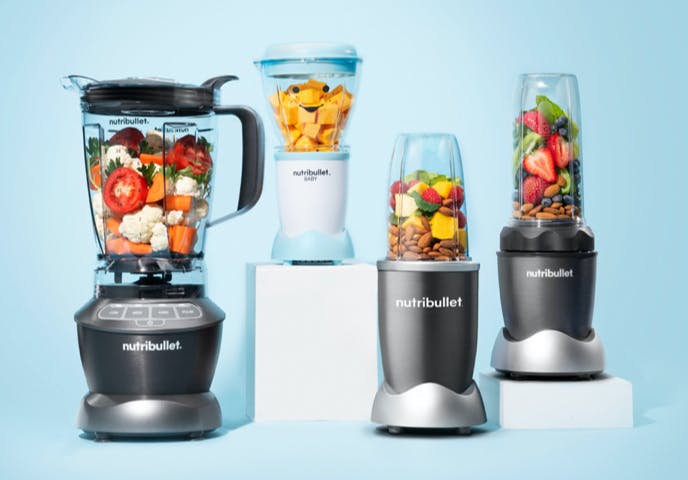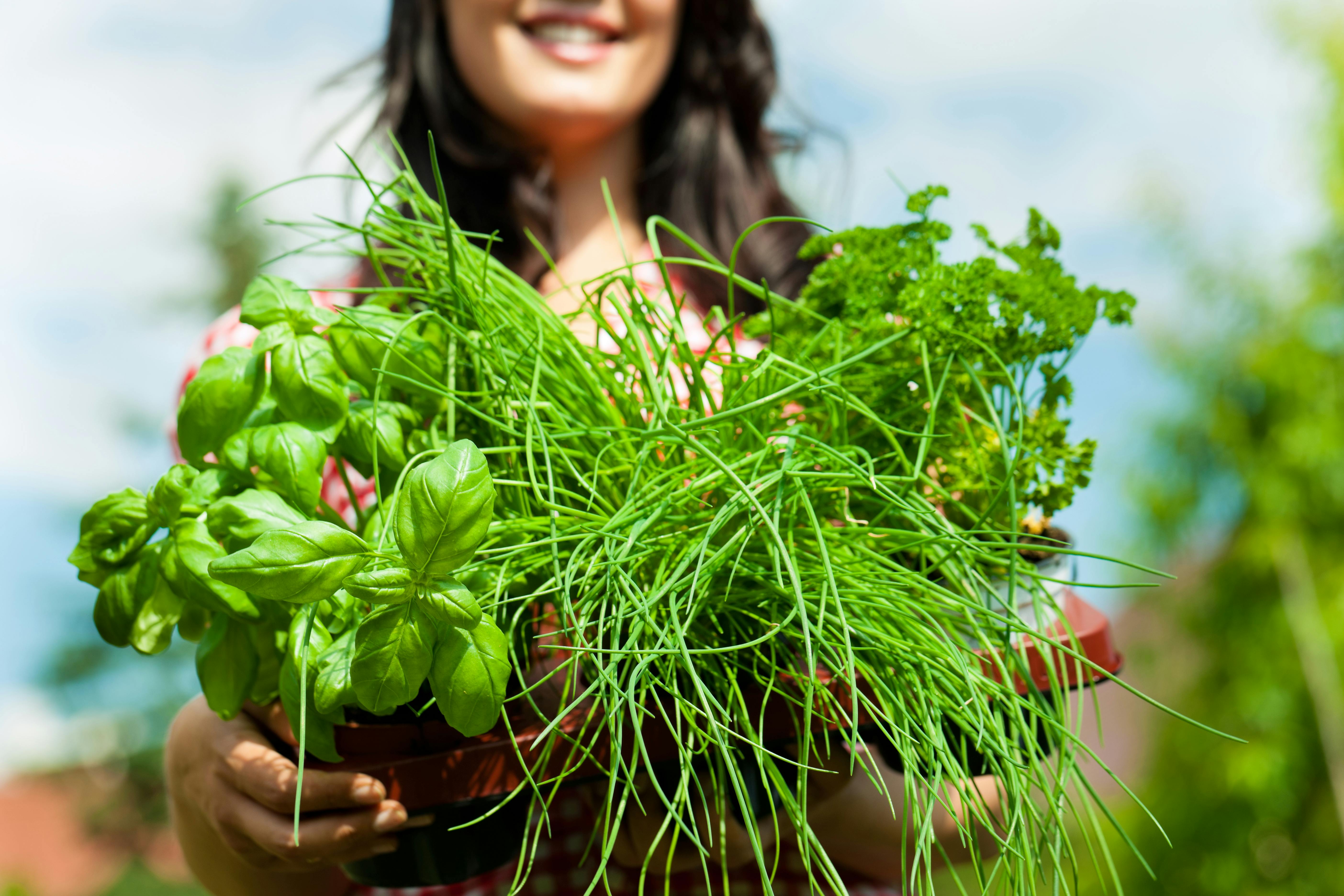One vegetable that doesn’t get enough attention is the radish. Nearly forgotten in some circles and loved in others, this root vegetable is part of the brassica family (think broccoli) and boasts a long list of nutrients, from dietary fiber to vitamin C. Best of all, little goes to waste because their green tops are just as edible and nutritious. So why aren’t we adding more of this vegetable into our diets?
With over a hundred varieties of radishes, coming in all sorts of colors, shapes, and sizes, the possibilities are endless. They tend to have a pleasant crunch, with flavors ranging from sharp, zesty, and slightly spicy to incredibly mild. The tops have little to no flavor, similar to spinach and lettuce.
Raw radishes contain calcium, potassium, fiber and vitamin C, while their leafy green tops also contain magnesium, iron and vitamins A and K. They’re excellent for your teeth and bones, and like most cruciferous vegetables, they may contain cancer-fighting properties. Radishes are also ideal for weight management because they’re low in calories.
Choosing and Freezing Radishes
When picking out radishes, choose the ones that are smooth, crisp, and free of black spots. A medium-sized radish is approximately an inch in diameter and should be plump, round and firm, with a good shade of red. Avoid very large or flabby radishes with yellow or decaying tops, which are signs of over-maturity. Radish tops should appear fresh and have a bright green color.
Before using the radishes, scrub and wash them with cold water, then trim the top and bottom. Don’t peel the prepared radish – instead, leave the skin intact. It’s important to note that frozen radishes have a different texture from fresh due to their high water content. Therefore, it’s best to cut them into smaller pieces before freezing them. If radishes are kept whole in the freezer, the hard outer skin will split right open.
To maintain freshness, blanch your radishes for 2 to 3 minutes. This slows down enzymatic reactions in the plant tissue and keeps the color vibrant.
To blanch:
- Scrub in cold water and trim the tops and bottoms. Without peeling the radishes, dice them into smaller pieces.
- Blanch in boiling water for 2 to 3 minutes.
- Transfer the pieces into ice cold water, and drain well.
- Place in a freezer-safe bag, and freeze for future use.
For the perfect change-up to a sweet drink, add a radish to create a delicious and unique balance of flavors. Shave the radish into thin slices and add them to your smoothie for a hint of spiciness. Try it with cucumber, celery, lemon, mint, and other fruits and vegetables in a nutritious and refreshing smoothie. And don’t forget about the leafy green tops! You can sauté them or use them in salads, soups, and pesto.
There are many types of radishes and even more ways to enjoy them. They add a kick of flavor to your favorite dishes while providing plenty of nutrients from the green tops to the vegetable, itself. So on your next trip to the grocery store or the farmers’ market, be sure to grab a few bunches of radishes and enjoy the new flavors and textures in your meals, salads and, of course, your smoothies.



















